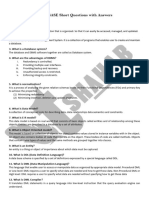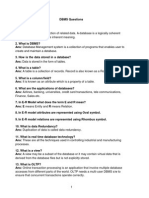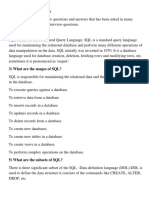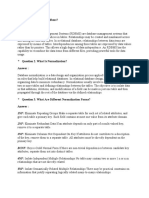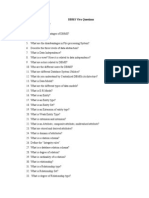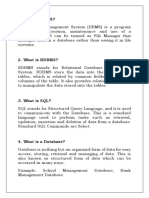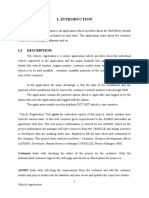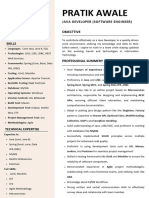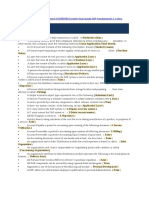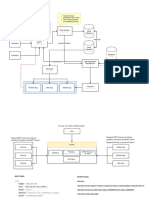0% found this document useful (0 votes)
17 views3 pagesStandard Database Questions and Answers
The document provides a comprehensive overview of standard database concepts, including definitions and explanations of databases, DBMS, SQL, normalization, relationships, queries, and various database operations. It covers key topics such as primary and foreign keys, transactions, data integrity, and differences between databases and spreadsheets. Additionally, it outlines types of DBMS, ER diagrams, and issues like deadlocks.
Uploaded by
troublem606Copyright
© © All Rights Reserved
We take content rights seriously. If you suspect this is your content, claim it here.
Available Formats
Download as PDF, TXT or read online on Scribd
0% found this document useful (0 votes)
17 views3 pagesStandard Database Questions and Answers
The document provides a comprehensive overview of standard database concepts, including definitions and explanations of databases, DBMS, SQL, normalization, relationships, queries, and various database operations. It covers key topics such as primary and foreign keys, transactions, data integrity, and differences between databases and spreadsheets. Additionally, it outlines types of DBMS, ER diagrams, and issues like deadlocks.
Uploaded by
troublem606Copyright
© © All Rights Reserved
We take content rights seriously. If you suspect this is your content, claim it here.
Available Formats
Download as PDF, TXT or read online on Scribd
/ 3











